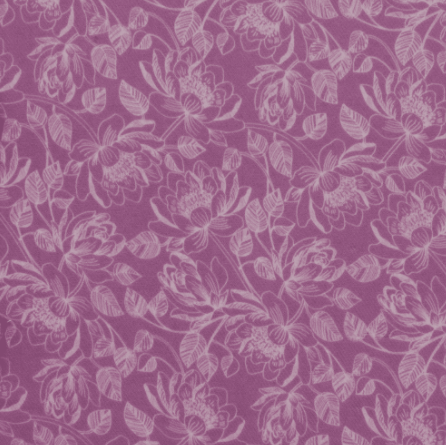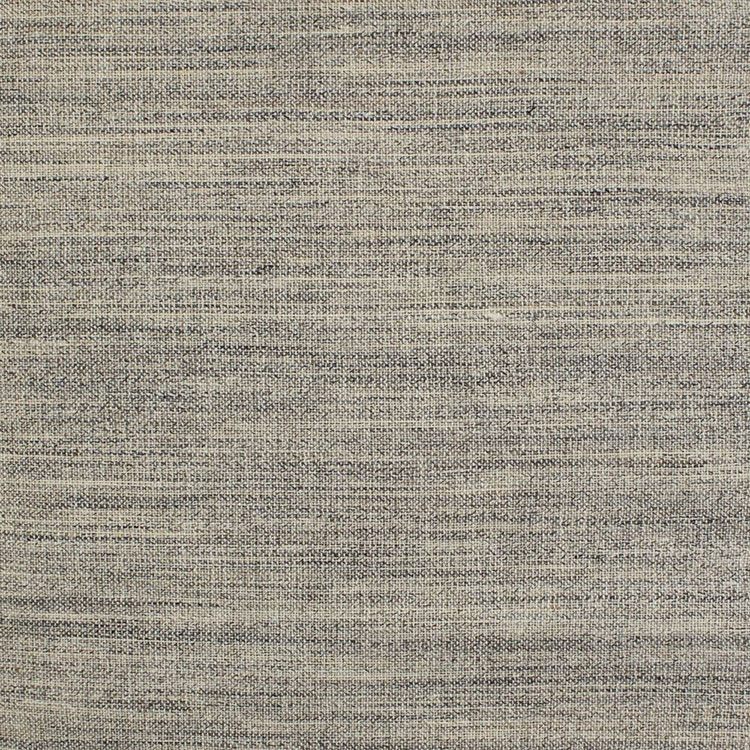Classification and characteristics of common fabrics
The modeling characteristics of fabric
1. Soft fabric
Soft fabric is generally thin and light, with a good sense of draping, smooth modeling lines and a natural stretch of clothing outline. Soft fabrics mainly include knitted fabrics, silk fabrics and soft and thin linen fabrics. Soft knitted fabrics are often used in fashion design to reflect the beautiful curves of the human body. Fabrics such as silk, hemp yarn see more loose model and the modelling that has pleated effect, the flowing feeling of expression fabric line.
2. Cool fabric
Cool fabric lines clear sense of volume, can form a full clothing outline. Common cotton, polyester, corduroy, linen and a variety of medium and thick wool and chemical fiber fabrics, such fabrics can be used to highlight the accuracy of clothing design, such as suit, suit design.
3. Gloss fabric
Gloss fabrics are smooth and reflect light, creating a sense of sparkle. This type of fabric includes fabrics of satin texture. Most commonly used in evening dresses or stage costumes, it creates a strong visual effect that is gorgeous and dazzling. Gloss fabric in the performance of formal dress modelling freedom is very wide, there can be a simple design or more exaggerated modelling.
4. Thick and heavy fabric
Heavy duty fabrics are thick and smooth to produce a stable styling effect, including all kinds of heavy woolen and quilted fabrics. The fabric has A sense of physical expansion, should not use too much pleating and accumulation, design to A and H shape the most appropriate.
5. Transparent fabric
Transparent fabric is light and transparent, with elegant and mysterious artistic effect. Including cotton, silk, chemical fiber fabrics, such as georgette, satin silk, chemical fiber lace, etc. In order to express the diaphaneity of fabrics, commonly used lines are naturally plump, full of changing H model and round platform model design model.

https://www.nbsoco.com/pro-2-68-796.html
Common fabric for clothing
1. pure cotton
Natural fabric, comfortable to wear, breathable, warm, but easy to wrinkle, not easy to care, poor durability, easy to fade. So rarely 100% cotton fabric, usually cotton composition of more than 95% are called pure cotton.
Advantages: high moisture absorption, good dyeing performance, soft feel, comfortable to wear, no static electricity, good air permeability, sensitive, simple appearance, not moth-eaten, firm and durable, easy to clean.
Disadvantages: large shrinkage rate, poor elasticity, easy to wrinkle, poor shape retention of clothing, easy to mildew, there will be a slight fading phenomenon, not acid resistant.
Precautions: In the storage, use and storage of clothing and cotton cloth, damp and mildew proof; Can not be exposed to the sun for a long time, the inner layer should be turned out when drying, can not be wrung dry, damp, mildew, dry. Machine washing or hand washing, but because of the poor elasticity of the fiber, it is best to wash or do not use strong hand washing, so as not to deformation of clothes, affect the size. Cotton is best washed with cold water to maintain the original color, not long time immersion ironing points: low temperature, medium temperature ironing; When ironing at medium temperature, cover clothes with dry cloth to avoid aurora. Ironing to low temperature, medium temperature ironing; When ironing at medium temperature, cover clothes with dry cloth to avoid aurora.
2. all cotton silk light
Advantages: cotton fabric by high concentration of caustic soda (wool) treatment, feel smooth, bright color, silky luster, wearing comfortable.
Faults: Slight fading.
Note :(basically the same as cotton fabric).
3. T/C fabric (polyester/cotton)
Fabric technology: the use of fine denier or super fine denier poly vinegar fiber and high-count combed cotton (40, 60, 80, etc.) interwoven,
Advantages: fabric feel crisp, smooth, bright color. It has elastic body and bone, good moisture absorption and clean surface, and has a certain rain prevention function.
Washing and maintenance: the washing temperature is below 30℃, the washing time is not more than 30 minutes, not chlorine bleaching, not insolation, not wring dry, not turn cage turn drying, suitable for shade dry, and pay attention to moisture. Iron not dry cleaning 110℃ steam iron.
4.wool
Advantages: soft and elastic, soft and natural luster, comfortable and beautiful to wear, high-grade feeling, good moisture absorption, not easy to heat conduction, good heat preservation, crease resistance, especially in the garment processing after ironing better pleating forming and garment shape preservation;
Disadvantages: alkali resistance, shrinkage, easy to wrinkle;
Precautions: Washing temperature should not be too high, do not rub and twist forcibly, avoid sun exposure; Iron the material dry from the opposite side by wet ironing.

https://www.nbsoco.com/pro-2-59-853.html
5.wool polyester fabric
Fabric made of wool and polyester blended yarns is the most common type of blended woolen fabric. The common ratio of wool-polyester blending is 45:55, which can not only keep the advantages of wool, but also play the advantages of polyester;
Advantages: wool and polyester blended, light texture, good crease recovery performance. Sturdy and wear-resistant, easy to wash and dry, stable size, durable pleat;
Washing points: soak in cold water for 15 minutes first, then wash with general synthetic detergent, the temperature of the lotion should not exceed 45℃, the dirty part of the neckline and cuff can be gently brushed with a soft brush, after cleaning, can be gently twisted, placed in a cool and ventilated place to dry, not exposed to the sun, not drying, so as not to wrinkle due to ripe.
6. Silk fabric
Advantages: feel smooth, shiny, comfortable to wear, elegant and luxurious;
Disadvantages: poor wrinkle resistance, poor light resistance, not long time exposure, sensitive to alkali reaction;
Ironing points: reverse low temperature, medium temperature ironing, sprinkling needs to be uniform.
7. Imitation leather
(including flocking and inserting knitted sleeves)
Fabric technology: the fabric is processed by high quality base cloth and high-grade PU adhesive.
Advantages: The fabric has the "flesh" feeling of leather, soft and smooth, full of elasticity, soft luster, excellent ironing, with good wind and rain protection, water function. (Imitation leather flocking has a strong sense of plush, reflecting the style of animal fur, rough and wild)
Maintenance care:
A. Do not iron or machine wash. B, not heavy rub, can only gently rub washing. C, do not dry, do not contact sharp hard objects. D. Do not touch open fire. E. Do not attach adhesive properties. F, not foldable packaging, need to hang collection. G, wash the reverse side out of the cool dry.
8.linen fabric
Advantages: good water absorption, comfortable to wear;
Disadvantages: easy to wrinkle, fading phenomenon;
Note: Do not use hard brush to wash, do not twist, avoid sun exposure.